Using snares to capture animals so that they can be shot is something I’ve not had any experience with, but this Perthshire gamekeeper does it every day.
A Scottish Government bill looking to change the way people kill or capture wild birds and animals has angered many in the country sports community.
The government consultation, which closed in October, could lead to the prohibition of “humane cable restraints” through changes to the Wildlife Management and Muirburn (Scotland) Bill.
Land managers and gamekeepers have hit out against the prospective snares ban, so I met one of them to find out why they need to use these snares in the first place.
In the depths of Perthshire, I met head gamekeeper Richard.
As I drew closer to the estate along a long, winding driveway, the signal on my phone cut out.
It was beginning to feel like the start of a horror movie. The mist wasn’t helping. I knew whatever happened when I arrived would be an eye-opening experience.
Despite my preconceptions about people who spend their days killing animals, Richard was smiley and friendly from the moment I arrived. This was despite my running seriously late thanks to several hold-ups on the journey.
We headed out for a walk, taking with us a humane cable restraint, where he explained how the snares work, why gamekeepers use them and what life would be like without them.
Why this Perthshire gamekeepers uses humane cable snares
There’s a good reason why Richard doesn’t want his last name – or the name of the estate he works at – published.
That’s because of backlash faced by other local estates.
He tells me: “It’s happened previously, when an estate in the area was mentioned [in the press].
“And their child was actually bullied in school because of it. So it’s yeah, it’s become a sad reality. You know, the image of the nasty gamekeeper…”
I feel bad for any children targeted for what their parents or relatives do for work. It certainly doesn’t seem fair.
Richard begins to explain why humane cable restraints are used at estates around the country.
“Predator control is a massive part of most sporting estates,” he explains.
“We’ve got a lot of red listed species that thrive here and we’re quite proud of it.
“And without the predator control, and without the use of these [snares], it would almost be impossible.
“A lot of estates rely on them heavily, we rely on them heavily.
“Some estates will get 80-90% of their foxes in these, so if the government remove them, there will be a lot of foxes going around.”
“Foxes aren’t stupid, they’re clever,” Richard adds, “they know the game.
“If it was easy to get a hold of them, there wouldn’t be that many left. But I can assure you there’s a healthy population throughout Scotland.”
A lot of dying species, says Richard, are being predated on by foxes.
Although I’m aware of foxes’ killing habits, having had chicks snatched from their coop at my parents’ home when I was growing up, the image Richard painted of foxes was vicious.
“They’re an animal that gets into a feeding frenzy,” he says, “and then they just kill them.
“I have physically watched them at night hunting around picking up curlew and lapwing chicks.
“Don’t get me wrong, it’s all the circle of life.
“There’s a balance. I don’t want to ever take the last fox in Scotland.”
‘We don’t just go and throw (the snares) around willy nilly’
Out on the estate, Richard says they have around 80-100 cable snares in the winter, managed by two gamekeepers.
This seems like a lot to me and it probably shows on my face.
“We don’t just go and throw them around willy nilly everywhere,” he tells me.
“Everyone who sets a snare has to be trained. There’s a lot of thought that goes into where to put the snare as well.
“The implications it might have – is it safe to do so for the foxes, is it safe to do so to make sure we can check it?
“Are the weather conditions going to stop us from getting there, are the weather condition going to be a problem for the fox caught in the snare?
“It’s not just a case of ‘I think there’s a fox going through this area so I’ll go and put 100 out there’.”
Do snares kill the animal?
A letter signed by 150 land managers urged the government to retain the use of “humane cable restraints”.
29-year-old Richard was one of these signatories.
He said that alternatives like live capture traps or using night vision are not a replacement for the snares.
So how do humane cable snares work?
To my surprise, it isn’t the snares themselves that do the killing. Perhaps that is obvious, but not to someone that’s never had anything to do with hunting or snaring.
Richard explains: “There’s a code of conduct and a law to how high as to be set. You don’t want it to be set too low or too high. You sort of want it at head height [for the fox].
“And then the fox would come through, pulls it tight and it gets to that stop there and it stops.
“I can put it on my skin there. They can I can pull all they want. As you can see, it doesn’t hurt them. It’s literally like a dog lead.
“The whole point is that it’s designed to be free running so it can move back and forward.
“The length of stock from the end has been changed from 23 centimetres to 26 centimetres stop any strangulation.
“I’ve never found one that’s been strangled they’re always sat there, asleep.”
Another key feature of these snares is the “breakaway”. Richard explains that if the snares catches “a non-target species, i.e. a badger, that will give way” and the animal can escape.
Richard says this video from England, of a fox calmly caught in a cable snare, is the way he usually finds foxes.
And it does look calm, as though it isn’t in pain – yet.
‘It’s taking a life, at the end of the day’
But while these snares don’t seem to be excessively harmful, there is, of course, what happens when the gamekeeper comes back to find a snared fox.
The video of the fox, stretching sleepily, unperturbed by the cable snare around its neck, clearly has no idea what’s coming.
Richard says: “We creep up on them and dispatch them – it’s a very effective way of doing it.”
I apologised for my incoming “not nice question”, before asking how they “dispatch” the foxes.
“It’s with a gun,” he tells me, “I carry a gun with me every day. It’s a quick dispatch.”
Has Richard changed my mind about snares?
From learning how the snares work, it does seem like they are pretty humane.
But, as I tell Richard, they are “still killing the fox, when it comes down to it”.
He takes a moment, then he replies: “It’s something you have to consider. It’s taking a life, at the end of the day.
“It’s not a pretty thing.”
“But,” he goes on, “it comes back to that whole circle of life.
“When I drive up the glens or when I walk in through the hills in the springtime, there’s species that you’ve probably never seen. And they’re thriving here. We have an abundance of them.
“And that’s due to the predator control that we have. There’s still foxes on this estate, we saw one yesterday. But I think you’ve got to have that balance.”
I can’t help but ask Richard if humans should be interfering with nature, at all.
“We’ve gone too far, we should have stopped a long time ago.
“I would love to see less intervention, but we can’t go back now.”
I met Richard thinking I’d find the whole process of snaring disgusting and inhumane, but it really does seem like they take the necessary steps to limit the harm to the fox as much as possible.
Until, of course, they shoot it.
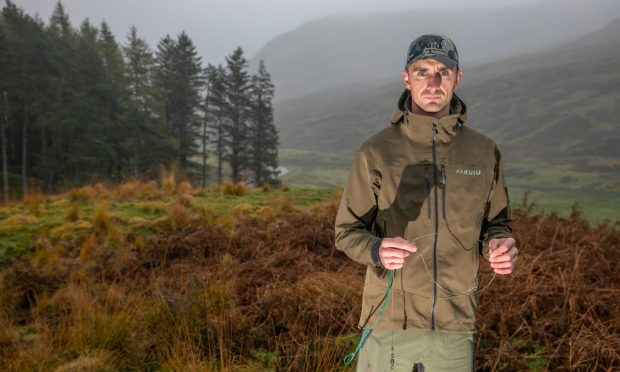
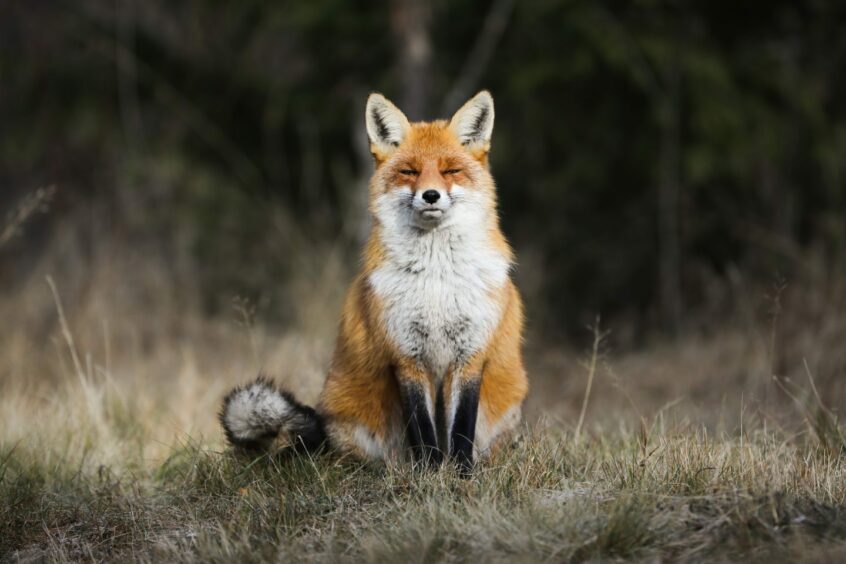
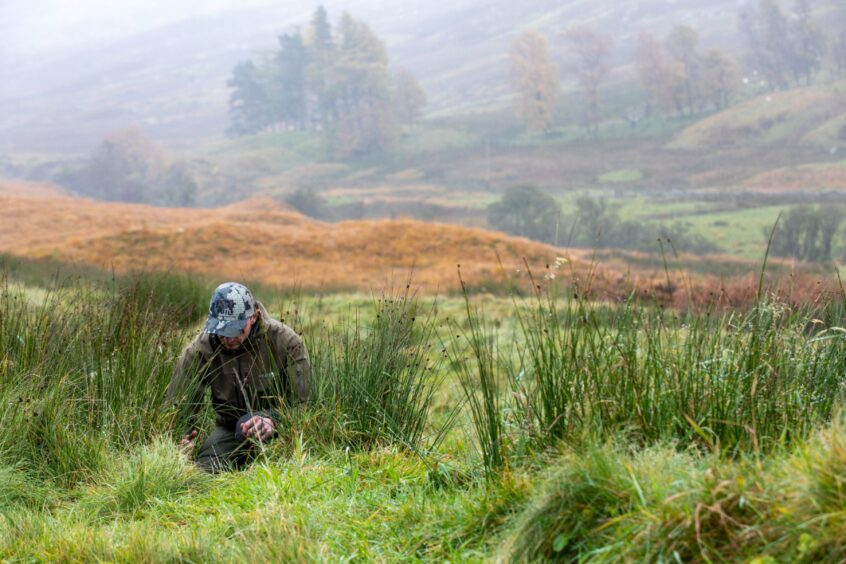
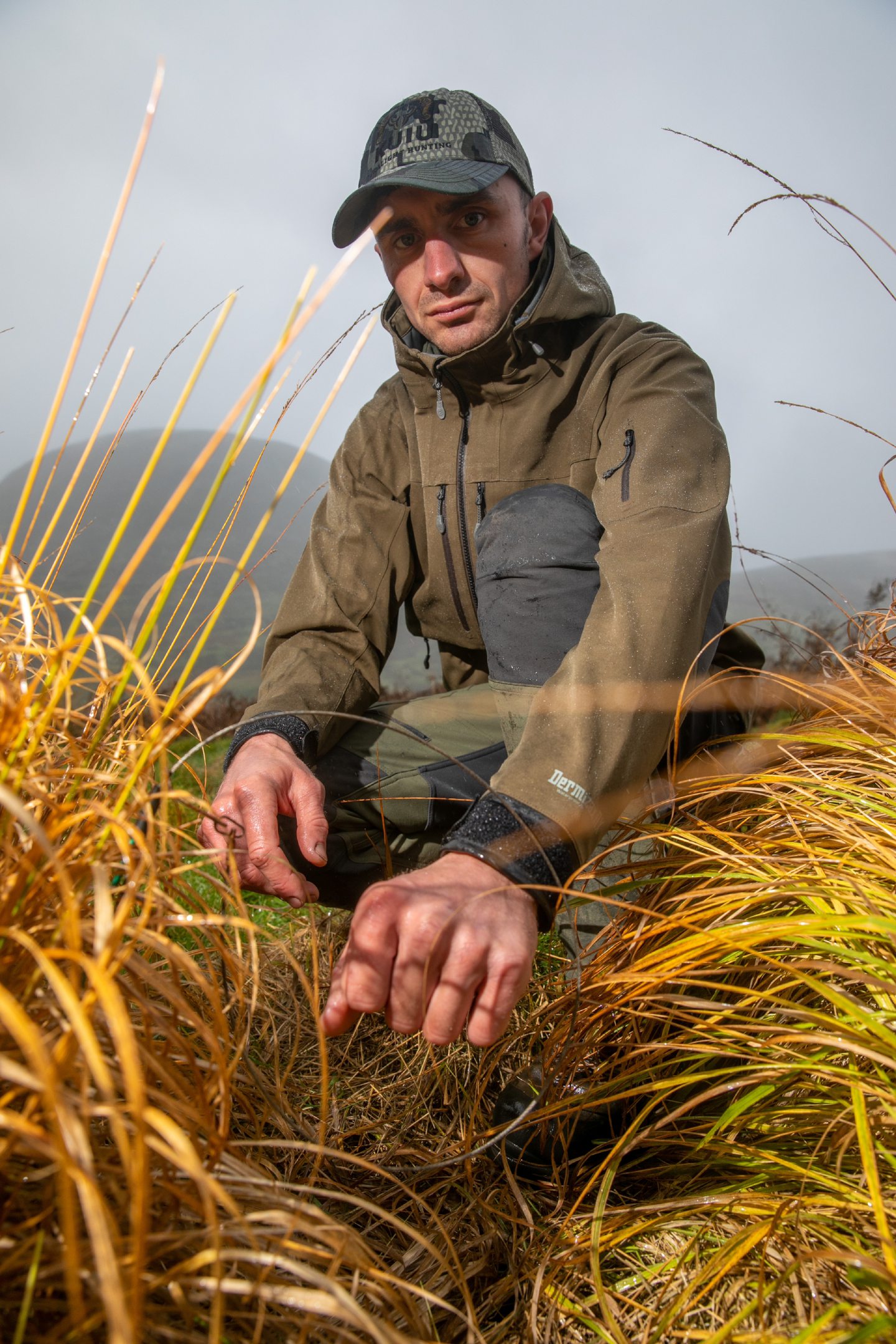
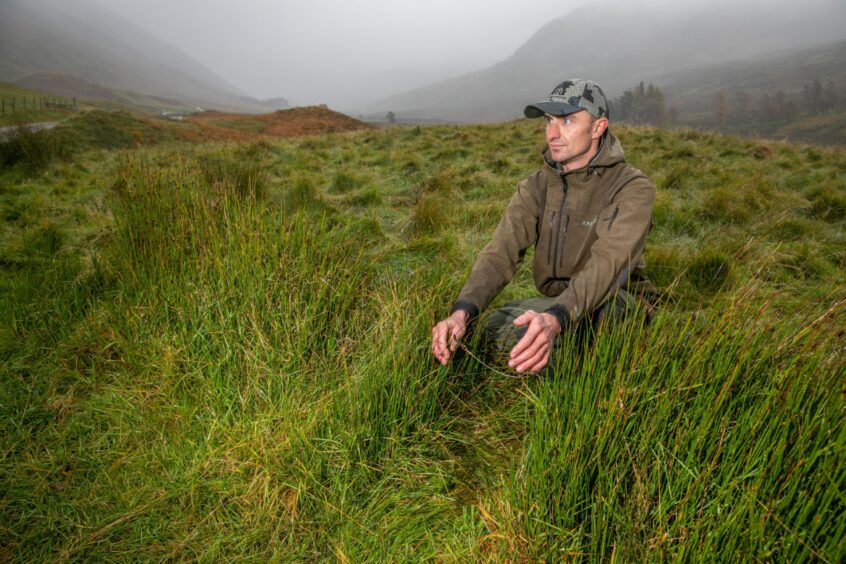










Conversation